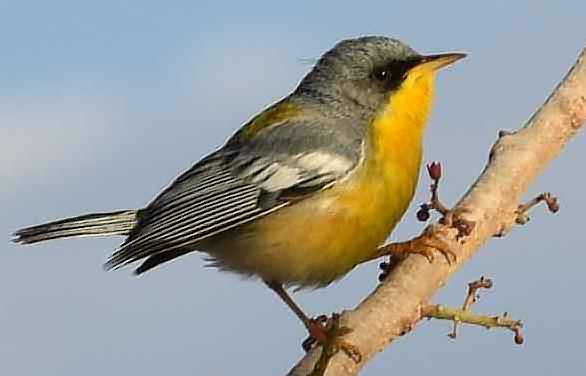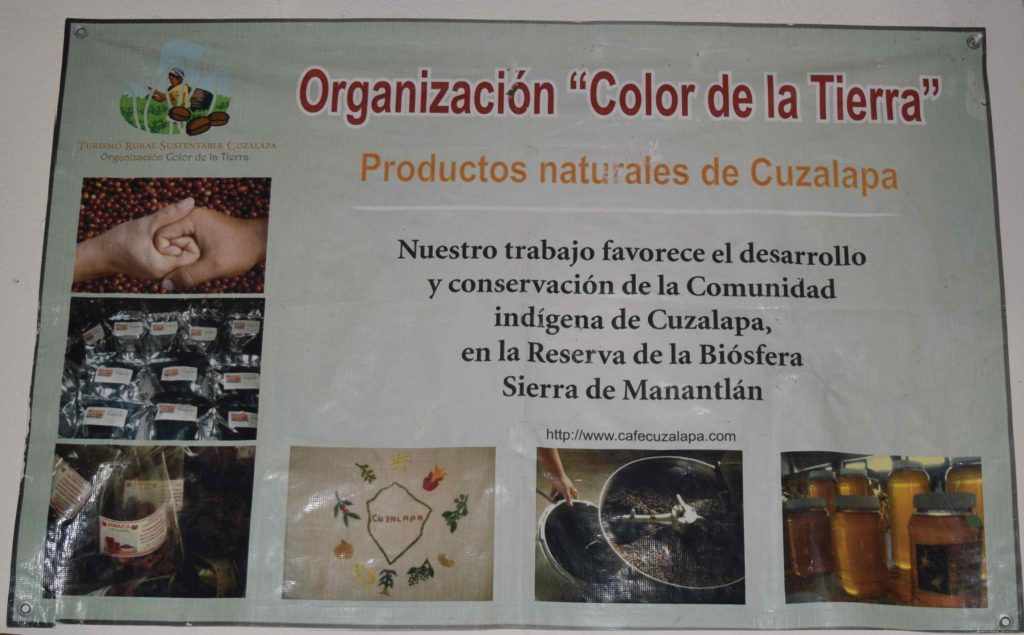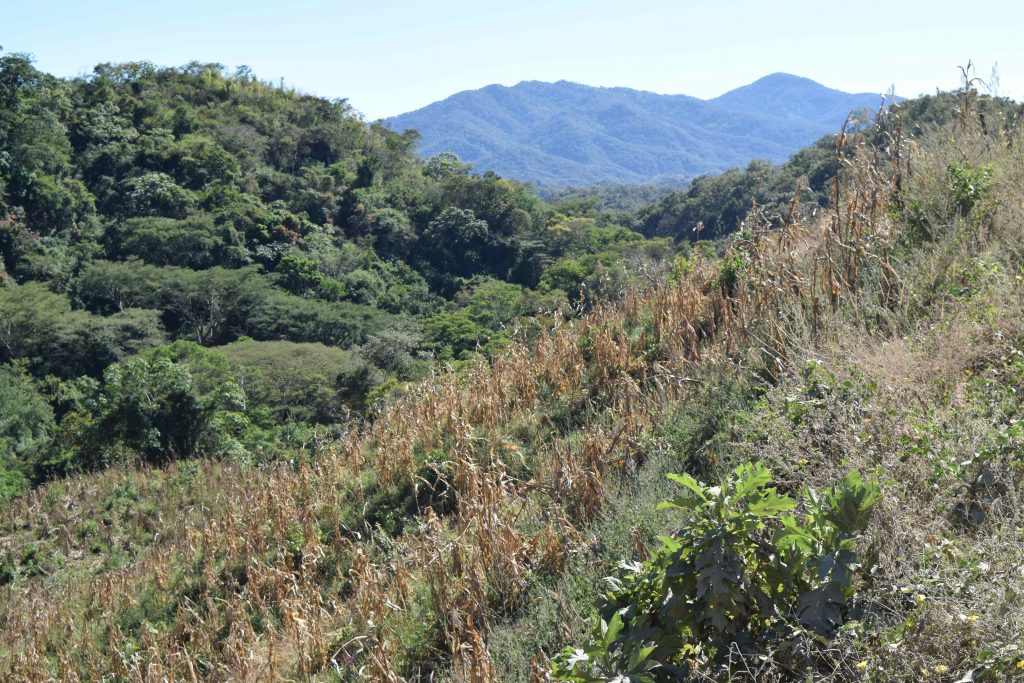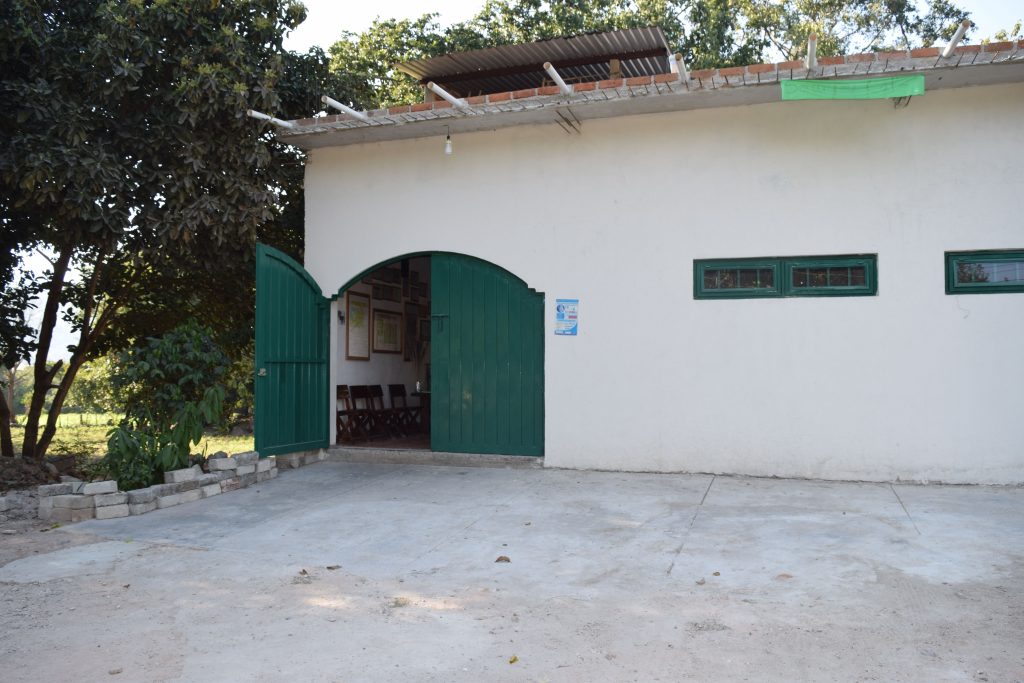Once you know something about a group of animals, you come to expect that they will eat particular things. When one thinks of the family Parulidae (New World Warblers) and their diet, the first thing that comes to mind are insects or other small invertebrates and most warblers have fine thin bills ideally suited for catching these things. Also, anyone who has watched these hyper-energetic little birds forage can’t but be impressed by how actively they search out their prey.
In terms of being energetic, the Parulidae are perhaps outdone only by the hummingbirds. Maybe it shouldn’t be surprising then that like the hummingbirds warblers might occasionally put their fine thin bills to use collecting floral nectar to satisfy their energetic needs. While the evidence that warblers do this is circumstantial — I know of no experiments or close observations ruling out the possibility that they are instead visiting flowers to catch small invertebrates — this evidence suggests that it is more likely that many are collecting nectar than not.




